How To Apply Mineral SPF
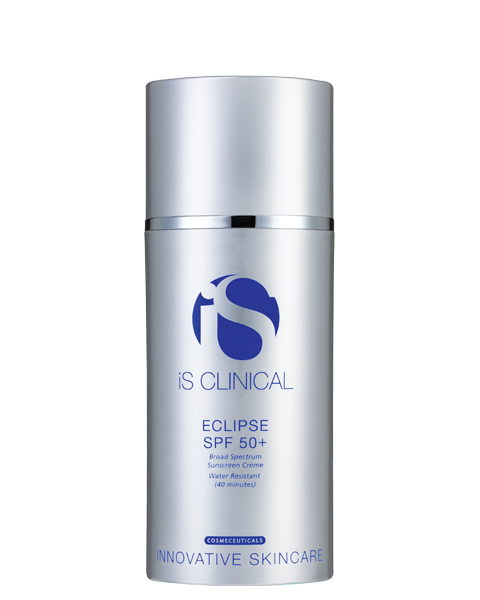


Distance runners each have a unique skin type, but certain aspects of skin care can apply across the board. Exposure to the elements for long periods of time take a toll on the skin so proper care is important.
Wash your face morning and night as well as before and after your run.
Yes, I just told you to wash your face 3-4 times on the days you run. And yes, you need to wash your face in the morning before you roll out the door in your running shoes.
Overnight your skin has been busy shedding cells and producing oil. You also (hopefully) have a nice layer of moisturizer or treatment cream on from your evening routine. Start with a clean slate before you get sweaty.
Running in the afternoon? Your skin gets dirty from walking around the city even without makeup. Look at your car windshield after an hour of driving. Or when working from home, look at the windowsill of your open window…
A quick cleanse before you slap on sunscreen and sweat thru a run does a lot to keep your pores clean and your skin healthy.
Find a gentle cleanser that removes dirt and oil but doesn’t over dry your skin. If your cleanser leaves you feeling “squeaky clean”, it’s too aggressive.
A physical SPF (sometimes labeled “mineral”) is one that contains zinc oxide or titanium dioxide. Every other SPF ingredient in a chemical SPF.
Physical SPF forms an invisible barrier on the skin to reflect the rays of the sun and keep the surface of the skin cool. It helps prevent sun induced pigmentation as well as protect from skin cancer and aging. This layer of protection also helps minimize skin irritation from wind and cold.
Chemical SPF absorbs the rays of the sun which can heat the surface of the skin. It may cause the skin to flush and doesn’t protect against sun induced pigmentation. Chemical SPF is the sunscreen that burns when it gets in your eyes!
The majority of SPF products marketed for “sport” are water resistant for up to 80 minutes. No SPF is waterproof. A general guideline is reapply every hour if you are outdoors and sweating.
Choose an SPF of 30 or higher and check the percentage of active ingredients to determine the strength. The back of the tube will list the active ingredients separate from the full ingredient list, a good SPF will have at least 10% combined zinc and titanium dioxide.
Double your protection with shade elements like a hat or visor when you will be out for longer than an hour. My running buff works as a face mask AND prevents the back of my neck from sunburn!
Schedule a yearly mole check with your dermatologist. This should cover your entire body and scalp, be sure to point out any moles you think may have changed during the year. Be honest about your sun exposure and sunscreen compliance.
Two of my favorite sunscreens for running are:
Neutrogena SheerZinc Face Mineral Sunscreen SPF 50
iS Clinical Eclipse SPF 50+
In addition to your daily cleansing routine, exfoliating once or twice a week will help keep your pores clean and your complexion healthy. I like an enzyme or clay mask (or both) for active outdoor clients.
Enzyme exfoliation is gentle yet effective. The active ingredients loosen dead cells and soften rough spots without sensitizing the skin to the sun. These products generally can be used several times a week with no adverse effects.
Clay masks are also a good form of gentle exfoliation and balancing for combination or oily skin.
I’m not a fan of physical exfoliation for the face (scrubs or face washes with beads). In order to remove dead skin, you have to be quite aggressive with the product which can irritate sensitive skin and cause redness or even micro tears.
Chemical exfoliation (like glycolic acid or Retin A) is very popular and useful for a variety of conditions but it can sensitize the skin to the elements. If you spend more than a few hours a week outdoors, consult a professional before you incorporate it into your routine.
Sweating is a funny thing. Initially it encourages our skin to produce more oil but after an extended period of time the skin will lose moisture.
Your skin may feel oily some days but it you still need a good moisturizer with antioxidants to replace lost hydration and help heal the skin barrier.
Nighttime is the best opportunity to replenish your skin. A heavy moisturizer during the day can mix with sweat and lead to clogged pores.
Topical skin care works to seal in moisture and heal the skin barrier. No amount of topical product can hydrate your skin of you aren’t getting enough water, replacement electrolytes, and healthy fat in your diet.
Have questions about your skin? Book a Virtual Skin Care Consult with Hannah.
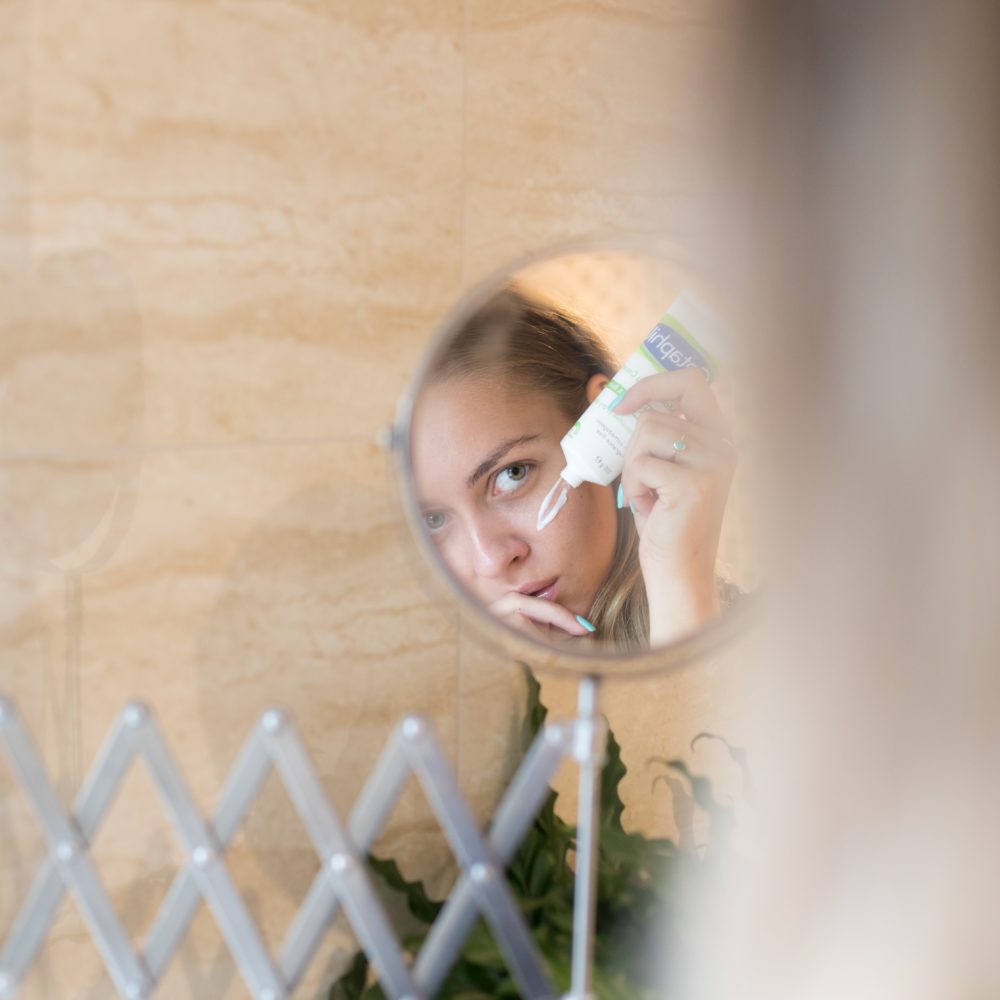
There’s no question, zinc oxide and titanium dioxide provide the best protection for your skin and are healthiest for the environment.
Sunscreen products that contain these ingredients are usually labeled “mineral” or “physical”. Check the active ingredient list on the back of the label, it will contain zinc or titanium (or both).
Here are a few tips for applying physical SPF:
Apply physical SPF on clean skin or over a serum only. Layering too many products can feel uncomfortable. If you need extra moisture, consider an SPF with moisturizer.
Use a nickel sized dollop of SPF to cover your entire face. The length of the top portion of your pinky finger is about the correct amount.
Apply the product to your hands, rub them together to warm the product then spread it all over your face, neck and ears. Use outward feathering strokes to blend it in. Do not dab the product on the face like concealer then attempt to blend it in.
Wait 2-3 minutes after applying. Brush your teeth. Do your hair. Some physical SPF products appear a little white initially but then it disappears.

In a word, yes.
UVA rays are present whenever there is sunlight. What are UVA rays?
The easiest way to remember is:
UVA rays = the part of sunlight that Ages your skin
UVB rays = the part of sunlight that Burns your skin
Winter sunlight may not be strong enough to burn your skin (or give you a tan) but it still affects your skin.
UVA rays penetrate deeper into the skin than UVB rays and cumulative exposure does contribute to the development of certain types of skin cancer.
Additionally, if you are using a physical SPF (like you should be!), it will work as a physical barrier against the wind and cold.
Find an SPF product you like and commit to wearing it 365 days a year!

Looking back a few decades, what skin care advice would I give my 25-year old self?
If I could turn back time, I would:
And now for the good news!
Here are a few things I’ve been consistent with and feel like it’s paid off:

As a new mother, the best skin care routine can be the last thing on your mind. Feeding your baby and getting enough sleep take priority!
When life gets busy for any reason, products that do double (or triple) duty are key.
While breast feeding, continue to avoid all the topical ingredients you steered clear of during your pregnancy.
It is not uncommon for a new batch of hormonal acne to crop up after giving birth. Your skin may also be sensitive during this time so find gentle products that balance oil production.
During the first few weeks (or months), keep it simple. Cleanse your face twice a day, use an SPF moisturizer during the day and a simple moisturizer at night. Set a realistic goal for yourself and build up to your old routine when you have more time and energy.
I love vitamin therapy: fortifying cleanser for most skin types. It removes makeup (including eye makeup) and rinses clean. The cream formula is gentle yet it won’t clog pores.
Suntergrity Natural Moisturizing Face Sunscreen is my favorite all in one daytime moisturizer plus SPF. It has antioxidants and zinc oxide which help prevent pregnancy related melasma from getting worse. There is a tinted version if you like a little color.
After cleansing at night, I recommend a simple hydrating cream to calm the skin that won’t clog the pores. moisture therapy: calming repair cream is good for most skin types and can be layered with a serum if you have more time.
Once your baby is sleeping thru the night and you have more than 60 seconds for skin care, add a vitamin C serum and exfoliate 1-2 times a week with glycolic acid. These products with begin to diminish any lingering discoloration from melasma or acne and brighten the skin.

Do you ever wonder how people protected their skin from the sun thousands of years ago?
Clothing, scarves, and shade were early methods of protecting skin from the sun. However, applying products to the skin for additional protection also started thousands of years ago.
Early civilizations used a variety of plant products to help protect the skin from sun damage.
Ancient Greeks used olive oil to protect their skin from the sun and to condition it after sun exposure. Modern science tells us olive oil has an SPF of 7-8 (and this protection breaks down when the oils is heated) so it is NOT considered effective protection from the sun but given their options, it was better than nothing.
Ancient Egyptians used extracts of rice, jasmine, and lupine plants. Again, these ingredients offered low levels of sun protection but were proven to be very beneficial to the skin and are still used in skin care products today.
Burmese women have used Thanaka cream to protect from sunburn for over 2000 years. Thanaka is a creamy paste rich in vitamin E and is applied on the face in pretty designs. It also provides a cooling sensation and has anti-inflammatory properties to calm acne.
Zinc oxide, a popular sunscreen ingredient today, was being used for medicinal purposes as long ago as 500 B.C.E.
In the 16th century, pale skin was very important to the the upper class. The clothing of the era covered the body from head to toe but ladies were required to wear uncomfortable Visards to protect their skin from the sunburn when traveling in open carriages.
Thankfully, by the 17th century parasols and bonnets had become popular as a means of protecting the face from the sun.
The production of sunscreen as we know it today started in the 1940’s. More user friendly versions appeared on the market by the 1960’s and in the 1970’s the formulas protected against both UVA and UVB rays.
When faced with options like a Visard or a can of greasy “red vet pet” I’m happy to have my Suntegrity!

The skin requires a healthy dose of antioxidants every day to prevent new damage and reverse prior skin damage. Layer your antioxidant serum under your SPF for added sun protection.
Retinol helps increase skin cell turnover which in turn encourages collagen production. The end result is smoother, brighter skin with less breakouts and clogged pores.
Everyone needs sun protection, end of story. If you don’t spend much time in the sun, an SPF 15 in your daily lotion is fine, if you get more exposure bump it up to SPF 30.
A good skin care routine is only as good as the products you use. While good quality products can help your skin look better now as well as in the future, poor quality products can be ineffective and even cause harm. In this blog, the dermatologists at Skin Center of South Miami explain more about the importance of quality skin care and facial products:
Why is good skin care important?
Good skin care is important for the following reasons:
It helps your skin stay in good condition: You’re shedding skin cells throughout the day, so it’s important to keep your skin glowing and in good condition. An effective routine can help prevent acne, treat wrinkles, and help keep your skin looking its best. We recommend you to buy the best face masks toronto for your skincare routine.
Your skin will look more youthful: As you age, your skin’s cells turn over more slowly, make it look duller and less radiant. Using a quality skin care line can help remove dead skin cells so your body will replace them with newer, more youthful cells.
Prevention is easier than correction: Preventing skin problems is easier -– and less costly – than trying to fix them in the future.
Your self-confidence will get a boost: When your skin looks better, you’ll feel better about yourself and have more self-confidence.
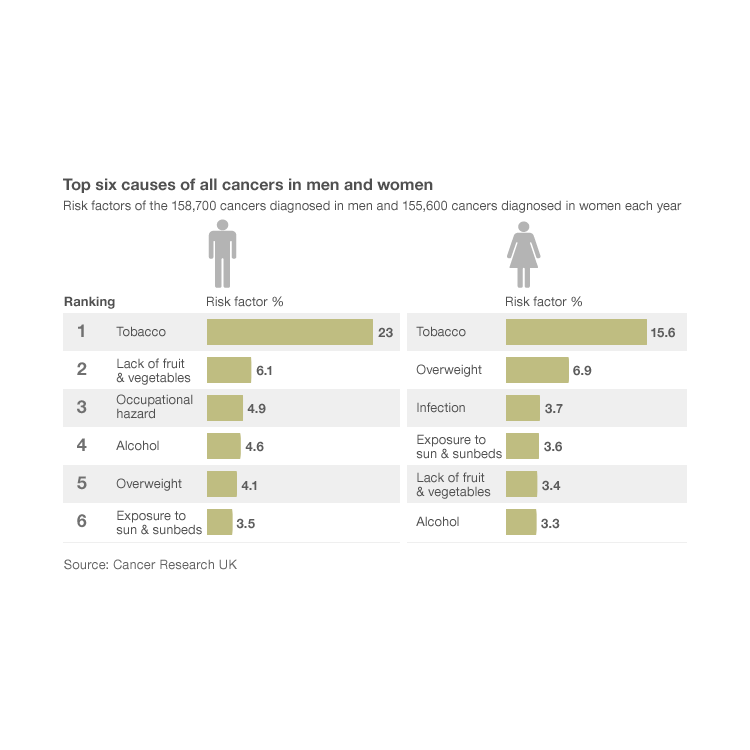
This is such an well written blog post, I need to post a link.
(spoiler alert…no but sun exposure does.)
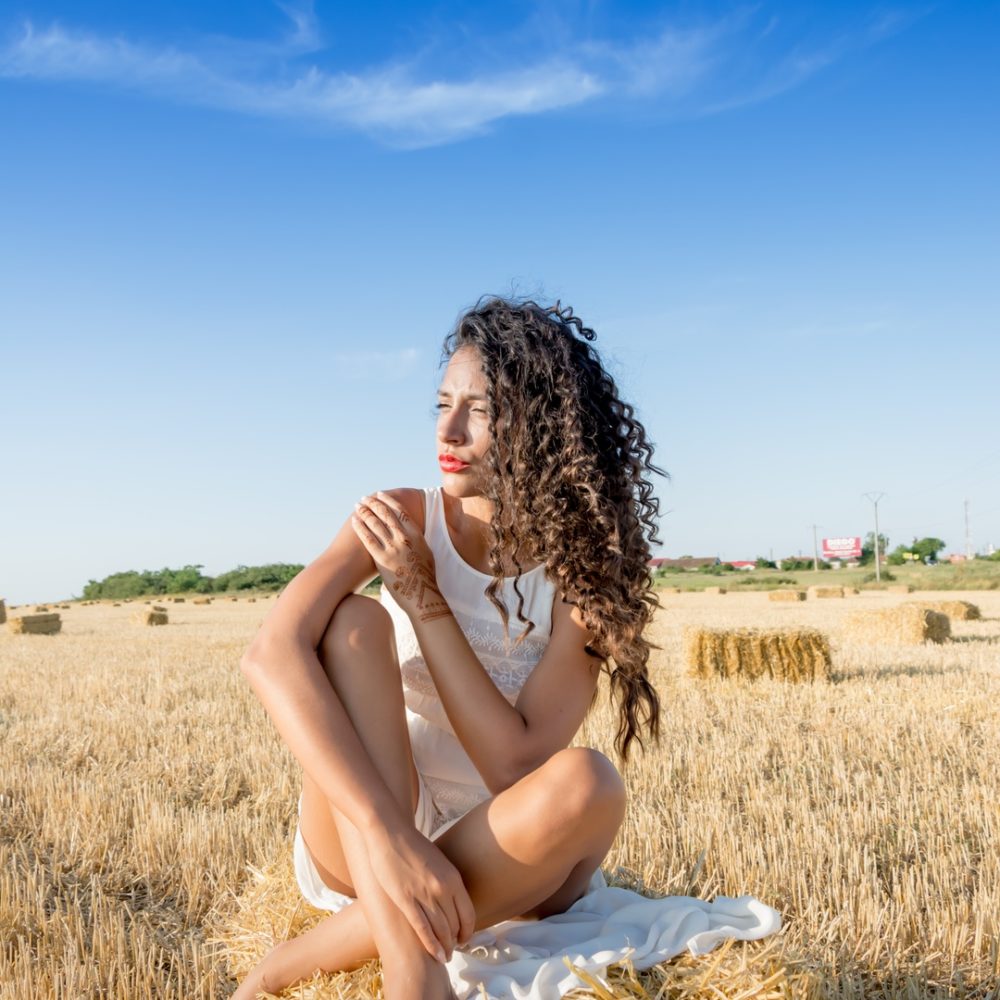
In honor of Skin Cancer Awareness Month, here are some of the most common questions I receive in my practice regarding sunscreen and sun exposure:
“I work in an office, do I need to wear sunscreen everyday?”
The sun emits two types of rays, UVA and UVB.
UVA rays are present from sunup to sundown and cause the skin to age, UVB rays are strongest from 10am-2pm and cause the skin to burn.
Incidental sun exposure accounts for a large percentage of the damage that shows up in the skin at advanced ages. Daily moisturizer with at least SPF15 is the easiest way to prevent this damage.
Additionally, how many times do you take your lunch to the rooftop deck to enjoy the beautiful view and catch a few rays of sun? It’s better to be protected!
“My makeup has SPF in it so I don’t use a sunscreen.”
How much makeup do you wear??? Do you cover your entire face, neck and ears?
I didn’t think so.
Layering products with SPF for extra protection is great, but start with a base of proper sunscreen for the best protection.
“Sunscreen is TOXIC, I only use all natural products.”
There are two types of sunscreens on the market, chemical and physical.
Several studies argue that chemical sunscreens may disrupt hormones. If this is a concern for you, use a physical sunscreen like zinc oxide.
Thankfully, there are many physical sunscreens on the market today that feel light and leave no white residue.
What’s your excuse for not wearing sunscreen every day?
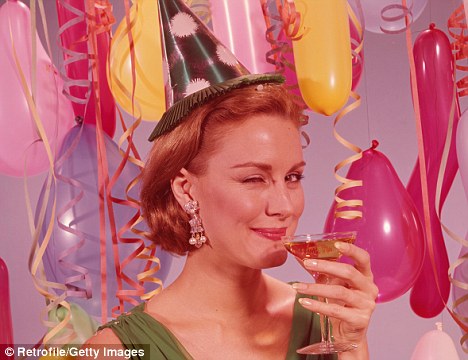
With less than a month left the year, now is a good time to start thinking about New Years Resolutions. Does your skin play a part in yours?
Here are my suggestions for the Top 5 Skin Care Resolutions:
1. Love your skin!
First, (and this is super important!) pick one thing about your skin that you absolutely love. I battled acne in my teens and my 20’s which means that in my 40’s I get to enjoy the benefits of all that extra oil production. It’s important to take a moment and appreciate what we love about ourselves!
2. Wear a product with at least SPF30 every day.
Concerned about controversial sunscreen chemicals? Choose an option with a physical block and pair it with Vitamin D in your multivitamin. This is important year round, no matter wear you live. When the sun is out, you are being exposed to UVA rays which are the rays that damage your collagen and cause premature aging.
3. Get to the dermatologist for a mole check, especially if you’ve never had one.
The frequency of recommended mole checks varies according to your age, history of sun exposure and family history of skin cancer, your dermatologist will tell you what is right for you. Monthly self exams are also recommended.
4. Schedule a consultation with your esthetician.
How long has it been since you’ve reviewed your skin care goals? Sometimes we can go for years using the same skin care products and receiving the same treatments without stopping to check in and see if they are still right for us.
5. Set small skin care goals so you can achieve them.
Overhauling your entire routine is tough, pick one or two things to work on. Washing your face before bed is a great place to start! Got that down? Exfoliating at least once a week is super important too!
Make this the year of great skin!


There are two categories of sunscreen ingredients, physical and chemical.
Physical sunscreen ingredients like zinc oxide and titanium dioxide protect the skin by reflecting the light rays.
 Chemical sunscreen ingredients like avebenzone and oxybenzone absorb the light rays to protect the skin from damage.
Chemical sunscreen ingredients like avebenzone and oxybenzone absorb the light rays to protect the skin from damage.
Physical sunscreens do a better job of protecting the skin from sun damage and chemical sunscreens allow products to have a lighter feel and be water resistant. Many popular brands use a combination of physical and chemical sunscreen ingredients to produce the most user friendly product.
As an esthetician who works with a lot of clients suffering from hyper-pigmentation or melasma (often called “sun spots”), I am a fan of physical sunscreens. There is less opportunity for allergic reactions and they are safer for acne prone/sensitive skin as well.
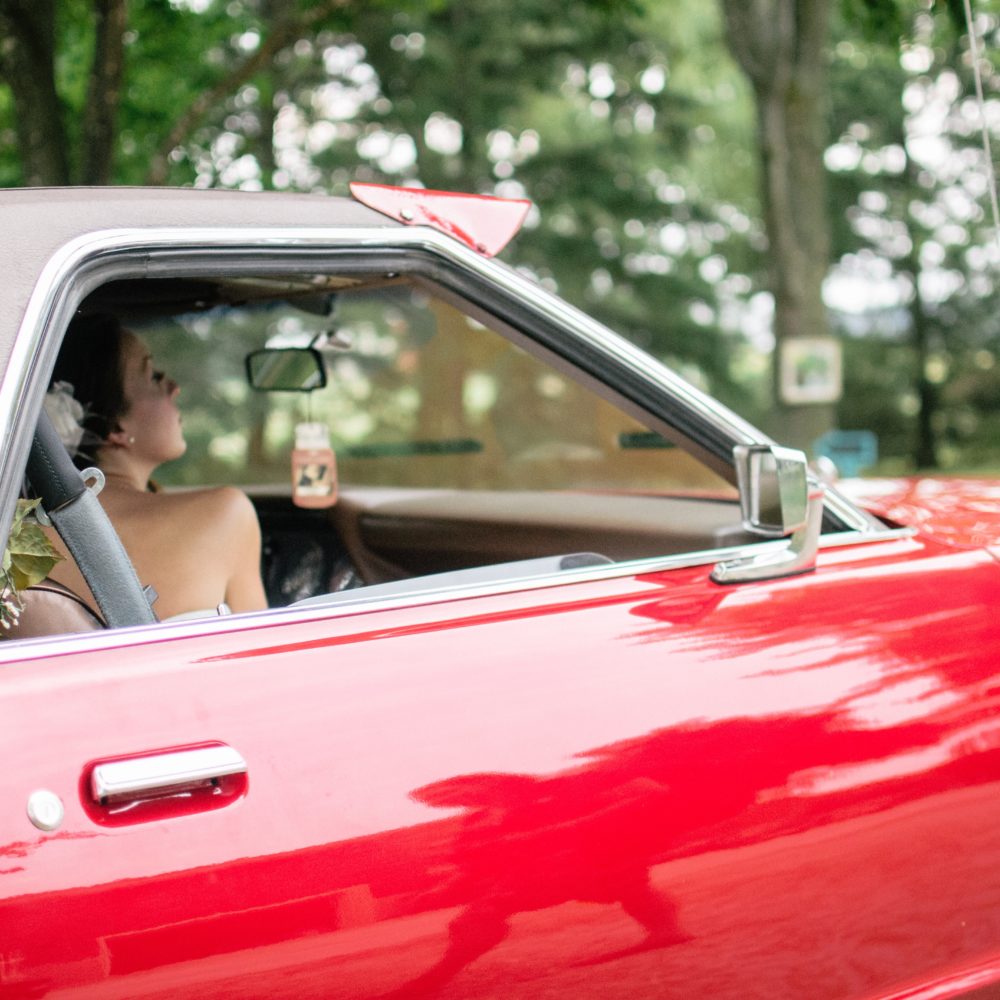
No.
This is a fascinating case study from The New England Journal of Medicine that shows Unilateral Dermatoheliosis, essentially sun damage occurring on one side of the face.
The man in the picture was a delivery truck driver for 28 years.
UPDATE 5/24/15: An article from New Beauty about the dangers of sun exposure while flying.
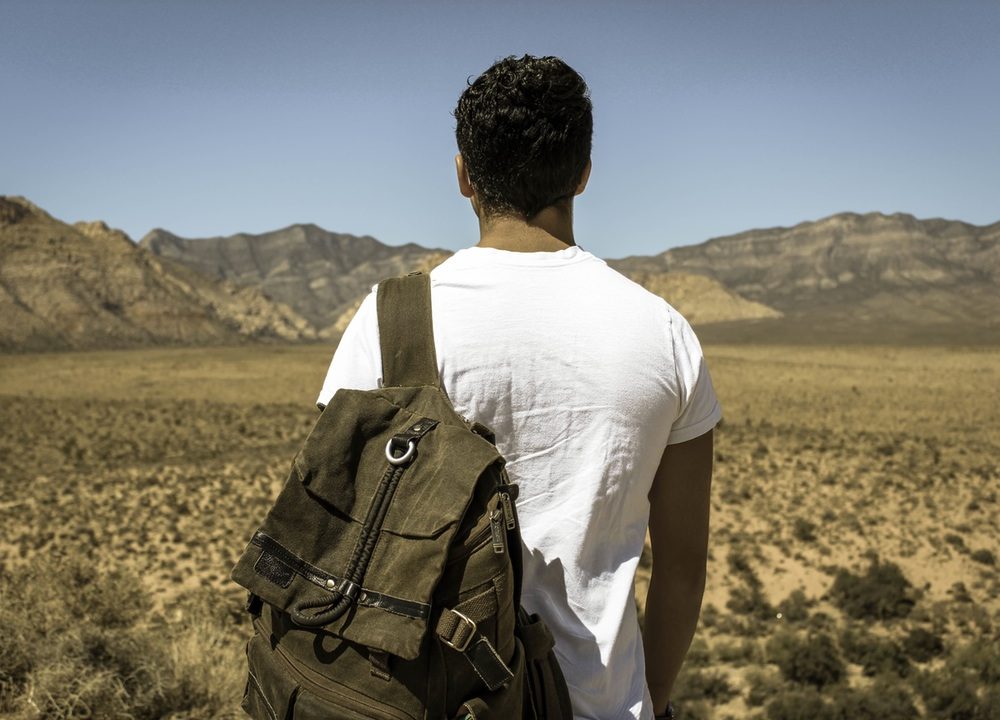
Does your idea of a fun weekend include a Saturday morning ocean swim followed by a short hike and mountain biking on Sunday?
Outdoor activities require specific skin care considerations.
I cannot stress sun protection enough. And I mean thick, white, water-resistant sunscreen that you would never wear on a day to day basis. Yes, it may clog your pores but it will also help prevent a myriad of skin conditions ranging from unsightly Melasma to serious skin cancers. I like the Suntegrity Face Sunscreen for the face and Neutrogena SPF 70 for the body.
Both of these products utilize a physical sunscreen ingredient. A physical block (like titanium dioxide) contains particles that do exactly that, physically block the sun light. This also helps protect your skin from other elements like wind and cold.
Before you get dressed in the morning, apply SPF lotion to your face and entire body. This will ensure you don’t miss crucial areas on the edges of your active wear. Use a full 2 ounces to cover your body and a blob the size if a quarter for your face, neck and ears.
Re-apply often; immediately after an water-based activity or every 1-2 hours. I like spray sunscreens for re-applying on the body, it’s easier if you are wearing cycling gloves, have dirty hands etc. SPF sticks are helpful to for re-application to the face.
Wear a hat with sun protection, sun glasses with adequate coverage, long sleeves, and a high neckline when you can. If you have short hair, thin hair (or no hair!) don’t forget to apply sunscreen to your scalp.
After you activity, your first order of business is to clean your face. Keep facial cleansing cloths in your bag for a quick wipe before you head home.
Once you are able to give your face a good washing, use a gentle cleanser to cleanse twice. Lather, rinse, repeat. This will ensure your skin is clean without over drying.
Exfoliate on a regular basis. Use an enzyme peel 2-3 times a week and a gentle toner daily to keep dead skin to a minimum and pores clean.

Last week I found myself in a yoga class of 40+ people and I was one of the handful of students without a tan…and yes, I mean intentional tans: dark, even, no tan lines. Living in San Francisco I can only surmise the majority of this color did not come from the sun.
Why are so many people still tanning with everything we know about sun exposure? And even worse, why are people using tanning beds???
Tanning beds are calibrated to emit mostly UVA radiation, the deep penetrating rays that are responsible for golden-brown skin color, not UVB radiation, which affect the surface layers of the skin and cause it to burn. In addition to premature aging, UVA rays are the cause of Melanoma, the most deadly form of skin cancer. Regular use of these beds can triple your risk of developing Melanoma.
The health benefits of sunshine, the role it plays in vitamin D synthesis, has been in the news a lot in recent years. UVB rays are responsible for this synthesis so spending time in a tanning bed will not help your vitamin D deficiency. Exposing your face and arms to 20 minutes of sunlight per day meets the requirements for most people to synthesize vitamin D.
The world of SPF can be confusing. I’m glad the FDA has decided to step in and simplify the labels as well as regulate protection from both UVA and UVB rays.
Confused by SPF? Take a number.
The bottom line: intentional tanning is never good, you are only damaging your skin. Find a sunscreen lotion that protects from both UVA and UVB rays: try several, the more you like the texture and smell, the more you will use it. When you know you will be in the sun for an extended period of time, wear a hat and long sleeved shirt in addition to SPF. And lastly, make sure you are using enough SPF lotion: a 4oz tube should only last 3 months if you are applying it to your face daily.